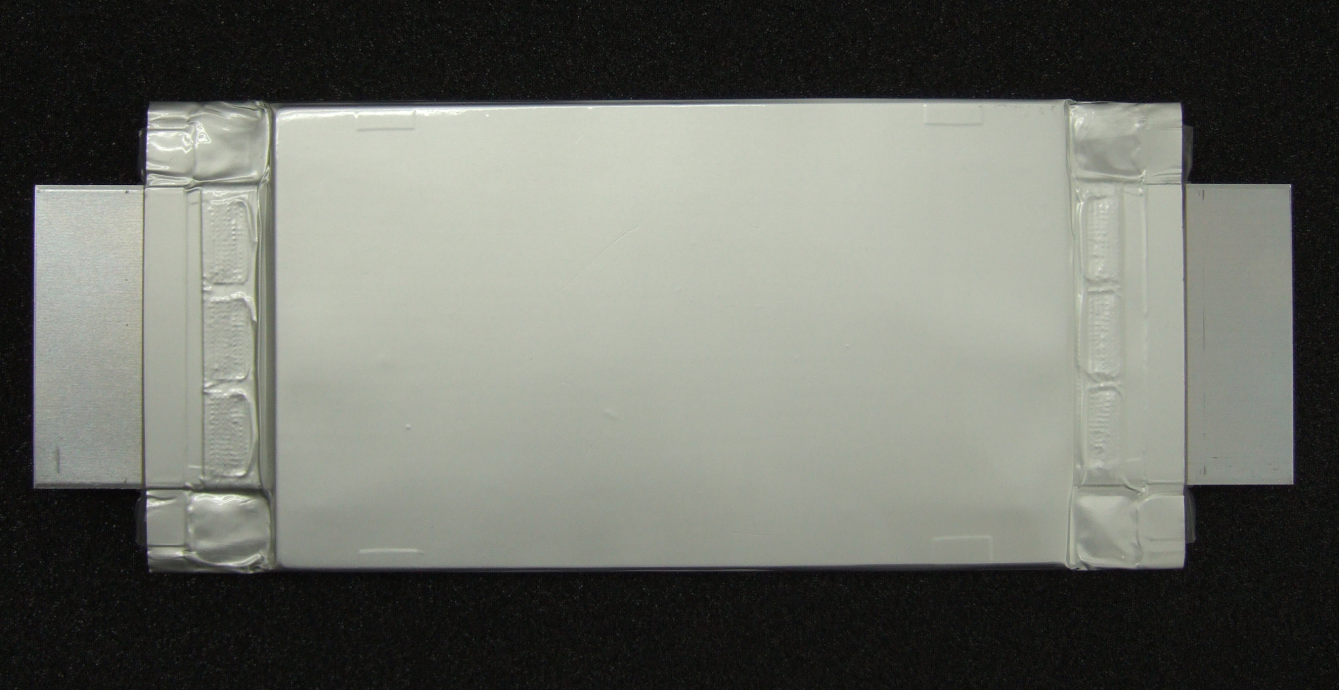By Warren Miller, contributing writer
One of the chief impediments to electric vehicles usurping their fossil-fuel-powered brethren as our primary mode of transportation is range. In other words: how far any EV can travel on a single battery charge. According to Toshiba, it has developed a new lithium-ion (Li-ion) battery that could allow EVs to go three times farther than they are currently capable of going using conventional Li-ion batteries. As a bonus, the company also addressed another key stumbling block in EVs becoming our car of choice: charging time. This new technology can charge a battery up to 90% of full capacity in just a matter of minutes.
Toshiba’s new battery is a reformulation of its Super Charge ion Battery, or SCiB, which has been incorporated into electric vehicles for almost a decade. Since the SCiB’s debut, the company has boasted of its battery’s ability to reach a full charge in about six minutes, as well as its 10-year lifespan and high safety ratings. Where conventional Li-ion batteries use graphite as their anodes, however, the SCiB employed a lithium titanium oxide anode. (See this video on how Li-ion batteries work.)
Toshiba’s new version uses a material called titanium niobium oxide as its anode. The company has developed a proprietary method for disarranging the material’s crystals in order to store lithium ions more efficiently in the crystal structure. Toshiba reports that this approach yields an anode with twice the storage capacity of their current anodes, thus doubling SCiB’s energy density.

Pictured above is the prototype of the 50-Ah next-generation SCiB. Image source: Toshiba.
Toshiba said that rigorous testing of its new version of the SCiB (50-Ah capacity) shows that the battery could allow compact EVs to travel approximately 180 miles (or about 320 kilometers) following a six-minute charge cycle, around three times farther than the range offered by a standard, graphite-anode lithium-ion battery. They also say that the new SCiB can still reach 90% charge capacity in five minutes and will retain up 90% of its capacity after 5,000 charge cycles, which would make it as least as long-lasting as its predecessors.

Toshiba’s new battery design promises triple the drive range of a rapid charge cycle. Image source: Toshiba.
“We are very excited by the potential of the new titanium niobium oxide anode and the next-generation SCiB,” said Dr. Osamu Hori, director of the Corporate Research & Development Center at Toshiba Corporation. “Rather than an incremental improvement, this is a game-changing advance that will make a significant difference to the range and performance of electric vehicles.” Toshiba will continue to try to improve the SCiB further in the near future, with a goal of putting it into production and on the market by 2019.
The aspect of this technology that’s really exciting is the short charging time. Indeed, long charging times are one of the largest issues with making electric vehicles useful for more than that short trip to the grocery store. If you can charge a battery in just a few minutes, instead of the one or two hours that we currently see, it makes it significantly more convenient to use an EV for long commutes or road trips.
Improvements in battery range and life are the final frontiers in the automotive industry moving to an entirely electric inventory. If Toshiba’s advancements in this realm of technology come to fruition, those frontiers may be crossed sooner rather than later. If you could drive as far on a single battery charge as you could on a single tank of gas, and it didn’t take any longer to charge your car battery than it does to refill your gas tank, why wouldn’t you drive an EV? At that point, the only differentiating factor may be sticker price.
Advertisement
Learn more about Electronic Products Magazine





